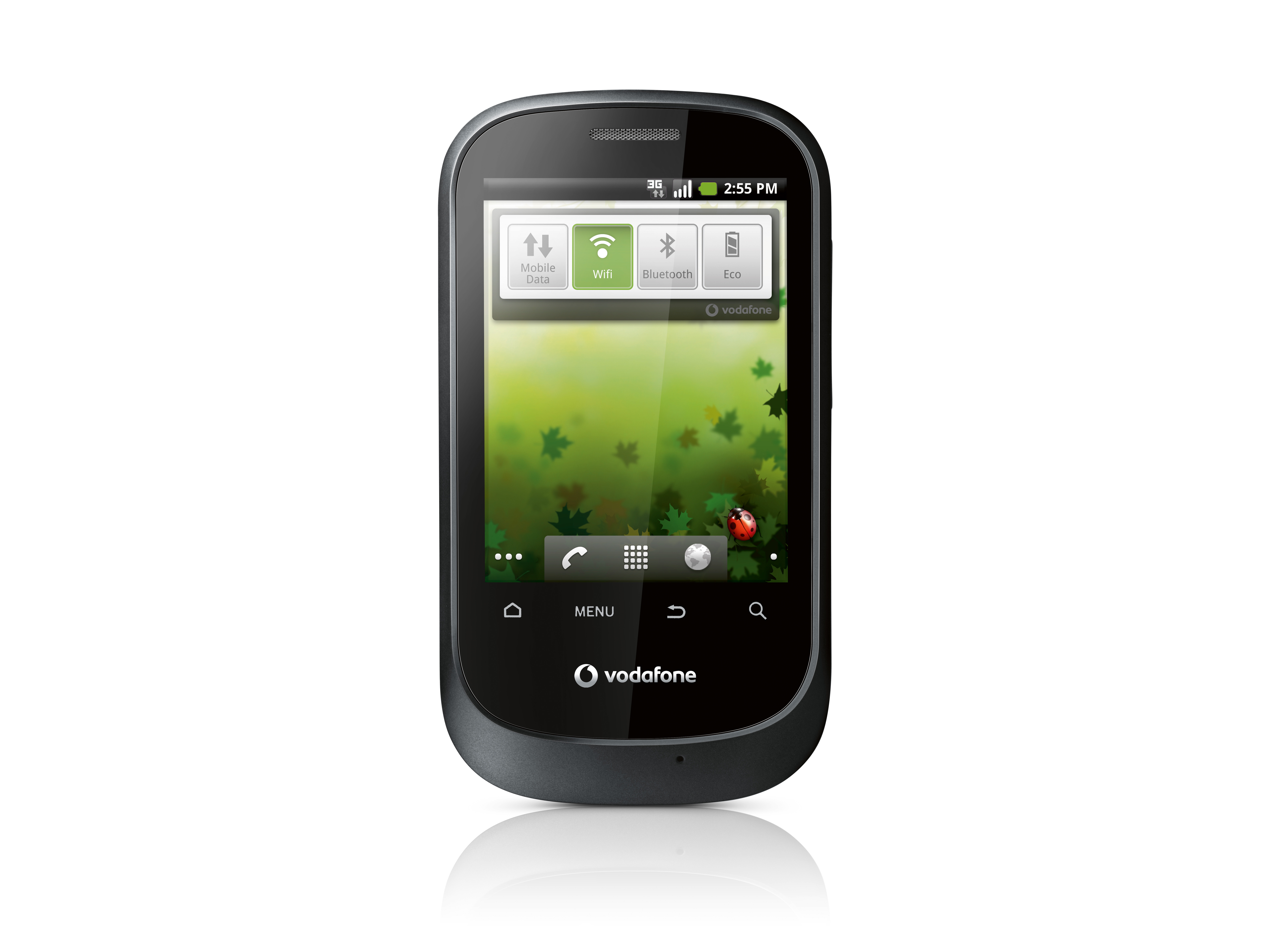Why you can trust TechRadar
Messaging is one of the real tricks of Android, and there's plenty of opportunity to contact people in whichever way that you want. But the small screen and teensy keyboard are a bit of a problem.
Take SMS, for example.
Tapping out a message on the smaller keyboard isn't easy, although there is a reasonable predictive text system.
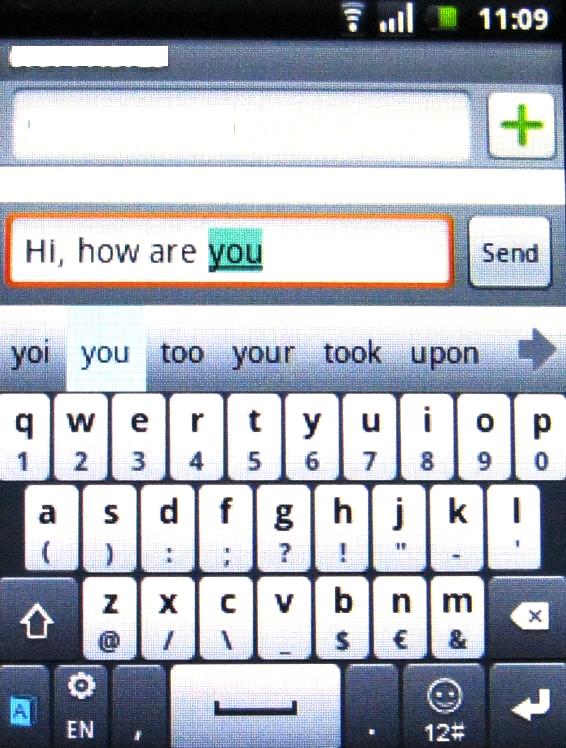
Oddly, and almost in anticipation of problems, holding down a key gives you the options of its shift key symbol and the two on either side of it.
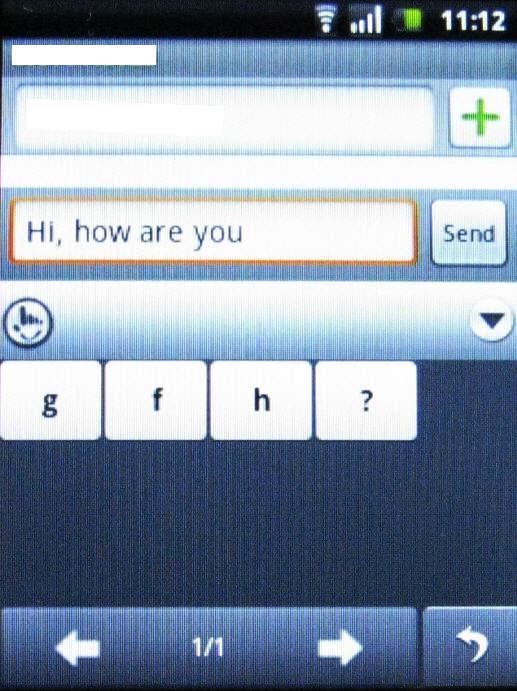
The threaded view of SMS messages is basic but serviceable, but when you start to type responses, you can barely see anything of what the previous message says.
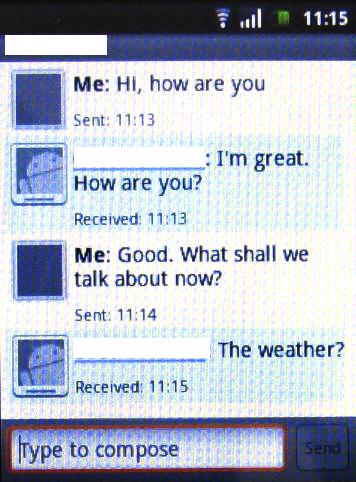
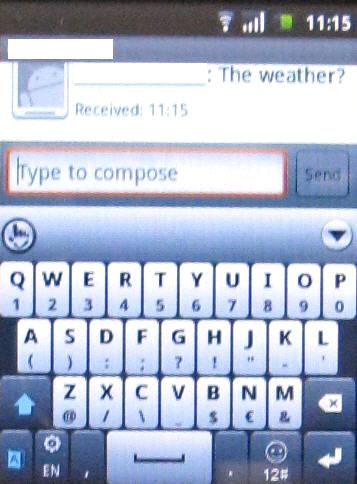
Mobile email presents no real surprises. There's the usual account set-up form to fill in, with username, password and potentially your SMTP and POP details too, if the handset can't find them automatically.
We wouldn't recommend this handset if you're a fan of mobile email - the screen and fiddly keyboard aren't really up to it.
That noted, you can switch keyboard layouts with a horizontal sweep. There are three options - the one we've already shown and two alternatives for the ninekey layout or the dual-key BlackBerry-style option. All three work in both tall and wide screen modes.
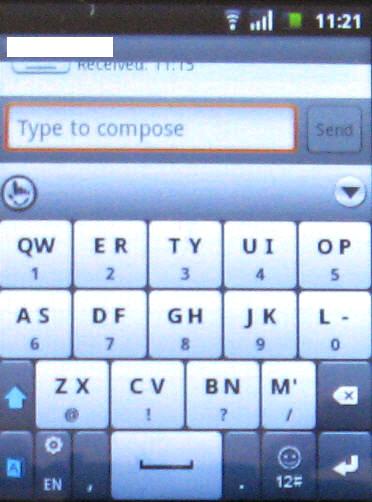
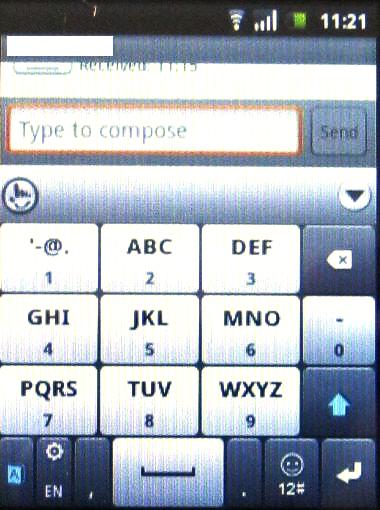
There are Facebook and Twitter widgets for the home screens, and apps too, but there's nothing that integrates the two into a social networking hub-type application.
We're not too needy of the integrated approach, preferring to deal with each social networking system separately, so that's not a big deal for us - but if you like to get all your messages in one place, the Vodafone Smart isn't for you.
Current page: Vodafone Smart: Messaging
Prev Page Vodafone Smart: Contacts and calling Next Page Vodafone Smart: Internet